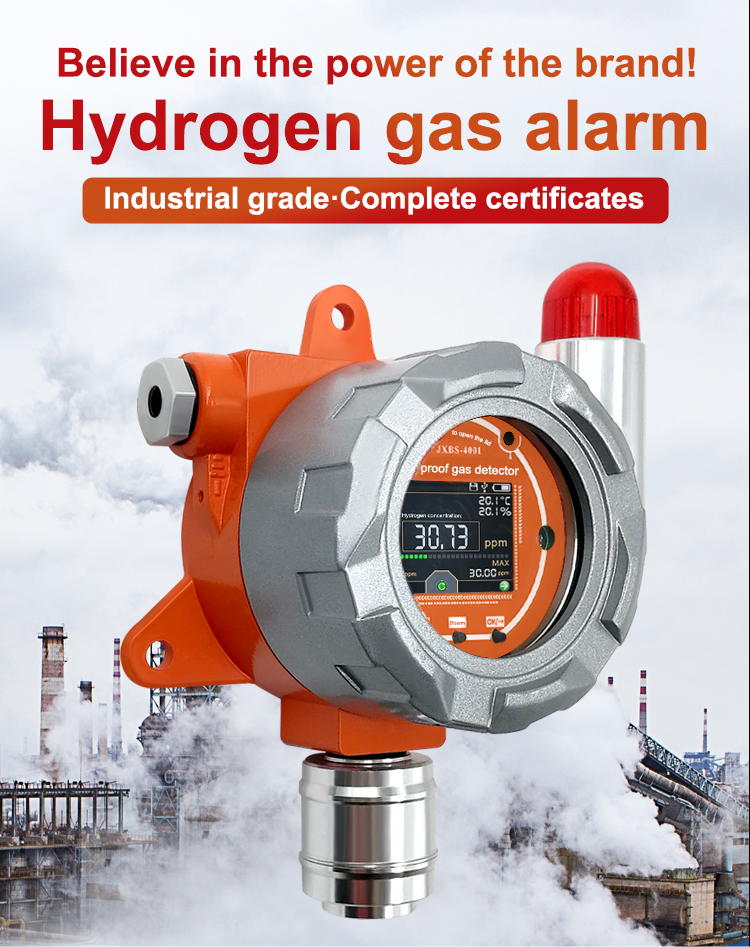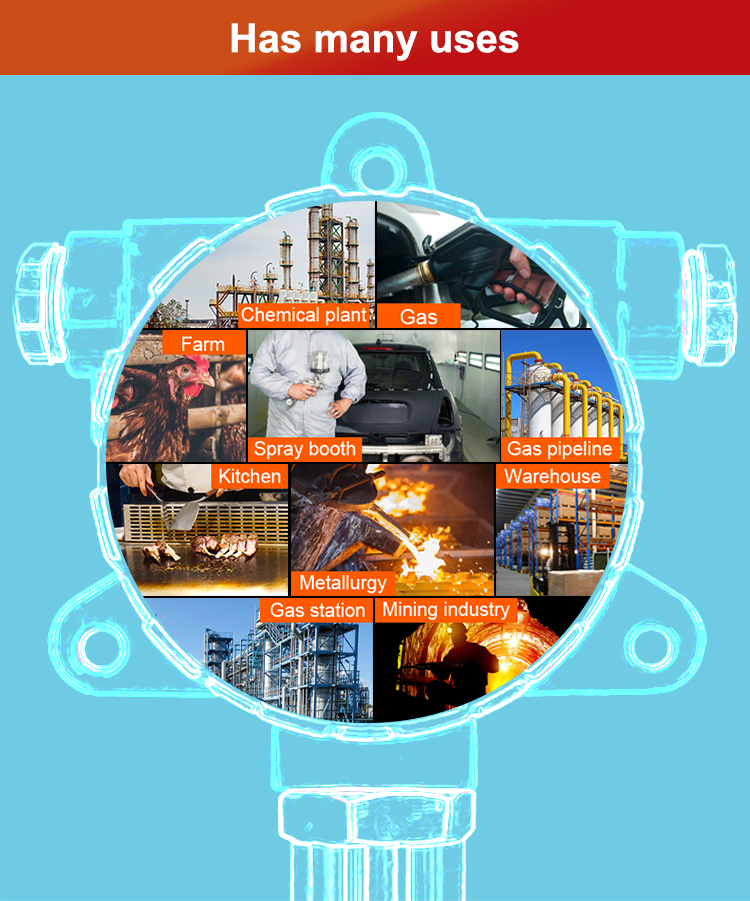Farming practices have been rapidly changing due to the global challenges of population growth, climate change, and the need for sustainable food production. Sustainable farming practices seek to maximize productivity while minimizing environmental impact. One of the most effective ways to achieve this goal is to employ gas sensor innovations. By using gas sensors, farmers can reduce the amount of inputs needed for crop production, avoid crop losses due to pest infestations and diseases and conserve resources.

Gas sensors are electronic devicesthat are designed to detect and measure specific gases in the environment. They have become increasingly popular in the farming industry because they offer an affordable and accurate means of monitoring the environment. Farmers can use gas sensors to detect changes in air quality, soil moisture, and pests and diseases. This information can be used to make informed decisions on crop management, such as the amount of water and fertilizer needed, and when to harvest.
One of the main advantages of gas sensors is their affordability and portability. Unlike traditional soil and water testing methods, gas sensors can be easily transported and used in the field. This means that farmers can take readings in real-time and adjust their management practices on the fly. Furthermore, gas sensors require minimal training to operate, making them accessible to a wider audience.
Gas sensors can be used to detect a wide range of gases, including carbon dioxide, methane, and volatile organic compounds (VOCs). Carbon dioxide levels in the atmosphere can be used to estimate the photosynthetic rate of plants, which can be used to optimize crop yields. High levels of methane can indicate soil compaction, while high levels of VOCs can indicate pest infestations, crop diseases, and even soil contaminants.
One of the most innovative gas sensor applications is the use of e-nose technology. An e-nose is an electronic device that simulates the sense of smell of humans. E-noses can be trained to detect specific smells associated with crop diseases and pests. This can help farmers detect early signs of crop diseases, enabling them to take action before the disease spreads. Farmers can also use e-noses for quality control purposes, ensuring that their crops remain free from contaminants.
In conclusion, gas sensor innovations offer an affordable and effective method of achieving sustainable farming practices. By using gas sensors, farmers can reduce the amount of inputs needed for crop production, avoid crop losses, and conserve resources. Gas sensors can be used to detect a wide range of gases, including carbon dioxide, methane, and VOCs. Additionally, e-nose technology offers a new dimension to gas sensors, allowing farmers to detect specific smells associated with crop diseases and pests. With increasing pressure to ensure food security, gas sensor innovations have become a vital component of sustainable farming practices.
 : +86 155 8830 2704
: +86 155 8830 2704 : jxdziot@gmail.com
: jxdziot@gmail.com
